May 16, 2025 | 10:42 GMT +7
May 16, 2025 | 10:42 GMT +7
Hotline: 0913.378.918
May 16, 2025 | 10:42 GMT +7
Hotline: 0913.378.918
The Ong Cua Rice brand began its long journey of 30 years as a famous fragrant rice variety developed specifically to grow in Soc Trang province. When it was first developed among countless other brands of fragrant rice, Ong Cua Rice took on the namesake of its creator, engineer Ho Quang Cua. It was produced based on the existing varieties of ST24, ST25. Consequently, its creation marked a new step in the development of worldwide commercial production.
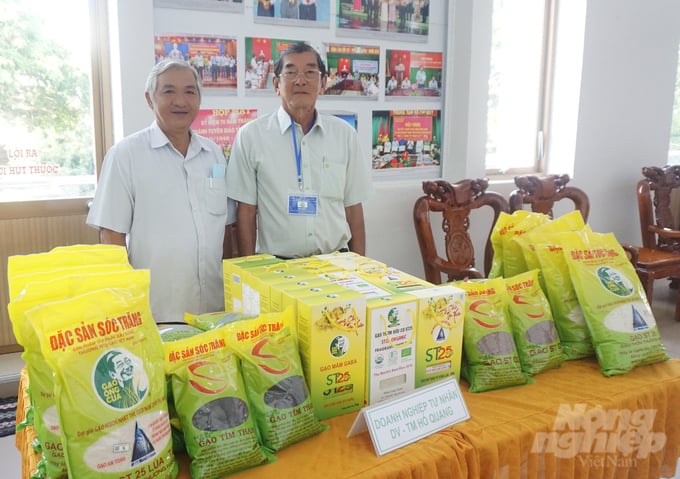
Engineer Ho Quang Cua (right) at the exhibition booth introducing Ong Cua Rice products. Photo: Huu Duc.
According to Mr. Cua, his initial goal was to create a rice variety that was sweet and fragrant in the truest sense of the word. When the ST25 rice variety won the World's Best Rice award and received international recognition, Mr. Cua set the criterion of "Building a pioneering business, a spearhead in the development of fragrant rice varieties". He believes that Vietnamese fragrant rice should present in the world's premium rice markets.
Mr. Cua highlighted his personal experiences with copyright theft, intellectual property, and branding as he reflected on the 40 months that have passed since the ST25's victory at the world rice competition.
Mr. Cua is an alumnus of the Faculty of Agriculture under Can Tho University. After graduation, he returned to his hometown of Soc Trang province to work in the agricultural sector. His ambitions began in Bai Xau, Soc Trang province, where delicious rice was exported to Western countries over a hundred years ago.
With his burning passion for rice, he discovered that Soc Trang province has a wide range of fragrant rice varieties. He noticed that Soc Trang's fragrant rice in Soc Trang has higher quality compared to other local rice varieties.
When Mr. Cua and a group of agricultural officials in Soc Trang province began researching over thirty years ago, several leading genetic scientists warned his team that fragrant rice breeding is fruitless endeavour.

Engineer Ho Quang Cua continues to diligently research rice seeds in the field. Photo: Huu Duc.
He recalled that Thailand introduced two short-term, non-photosensitive fragrant rice varieties in 1997. As a result, he was immediately motivated to continue his research into fragrant rice breeding.
Mr. Cua was 27 years old when he was assigned to work as an officer of the Department of Agriculture in My Xuyen district, Soc Trang province.
He returned to the Department of Rice under Can Tho University with the aim of experimenting with the IR 841 rice variety. His collection of rice varieties was subsequently expanded with the Khao Dawk Mali variety in 1982, fragrant rice varieties found in the Mekong Delta in 1989, Tsengtao variety in 1995, VD20 variety in 1997 and so on.
Mr. Cua said that it is necessary to have a basic understanding of fragrant rice and its quality before beginning the selective breeding process. Between 1980 and 2000, he experimented and consulted documents on the Mekong Delta baseline survey to help create a solid foundation for future research.
After collecting enough hybrid genetic resources, a research group led by engineer Ho Quang Cua was formed, with the aim of integrated research throughout the fragrant rice value chain.
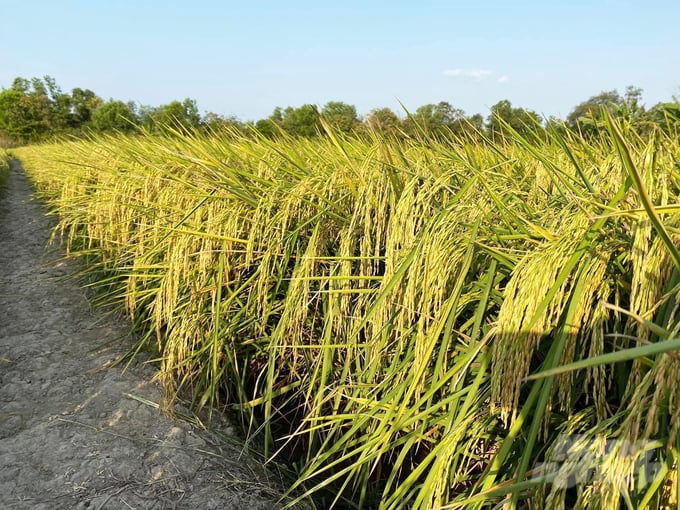
The ST25 rice variety has promoted the image of Vietnamese rice globally. Photo: Minh Dam.
The World's Best Rice Award was given in recognition of the innovation and creativity used in the development of ST24 and ST25 fragrant rice varieties. A Thai representative who attended the World Delicious Rice Contest in Manila, Philippines in 2019 inquired: "Why can Vietnamese fragrant rice surpass that of Thailand?". Mr. Cua replied: "We crossed a pineapple-scented rice variety with the rice-nugget-scented variety from the Northern Delta region of Vietnam, a specialty that Thailand does not have access to, to create a new and unique fragrant rice variety"
Regarding hybrid materials to reduce incompatibility, engineer Ho Quang Cua and his research team utilized irradiated genetic material that had lost its photosensitive properties to break down "incompatibility", also known as non-pollinated hybridization. Furthermore, the team re-filtered hybrid materials to successfully create non-photosensitive rice varieties.
Subsequently, the research team carried out the complex hybridization process on the aromatic parent group multiple times to accumulate aromaticity into the hybrid. At the selection stage, they arranged planting on a large scale during strong divergence (F5 or later) to increase the probability of the desired breed.
The research team continued to analyze the physical and chemical parameters in combination with experimentation on different rice varieties to increase the probability of a breed with the highest quality. Additioally, the planted and surveyed in the field to select breeds with high quality, pest resistance and high yield.
As a result, the two rice varieties ST24 and ST25 with medium resistance and high horizontal resistance to pests were created. Most notably, the ST24 variety has very high horizontal resistance, and it can be grown all across Vietnam.

The field where engineer Ho Quang Cua experimented on ST rice varieties. Photo: Huu Duc.
In order to increase the sustainability of the ST24 and ST25 rice breeding, Mr. Cua believes that all research activities must be maintained. Accordingly, his research team will continuously purify the variety to improve its outstanding traits in terms of appearance as well as quality. Additionally, he organized seed production to supply farmers in areas approved by the Department of Crop Production.
In response to the rising popularity of fake rice varieties, Mr. Cua protested against violations of intellectual property rights on rice seeds and trademarks both domestically and internationally. According to Mr. Cua, the brands of Ong Cua Rice ST24 and Ong Cua Rice ST25 belong to Ho Quang Tri Private Company, where he worked as a consultant. These brands have been registered for exclusive protection in the UK, EU, China, and Hong Kong markets. Additionally, they are in the process of being registered for protection in Vietnam and the US.
As the market trend shifts towards delicious and fragrant rice both domestically and internationally, more attention is being drawn to the use of scientific research discoveries to choose and produce ST24 and ST25 rice varieties. Many rice businesses have formed associations with farmers in provinces and cities across Vietnam to invest in building material areas and diversifying products.
Most notably, the company that established the Ong Cua rice brand is supporting the development of ST rice production in the coastal area of the Mekong Delta, and crop rotation with shrimp to combat climate change. Subsequently, the company has produced organic rice that complies with the US, EU and Japanese standards. Ong Cua Rice is currently developing the market for organic rice, highland rice, rice-shrimp rice, and functional rice products such as germ rice, red rice, purple rice.
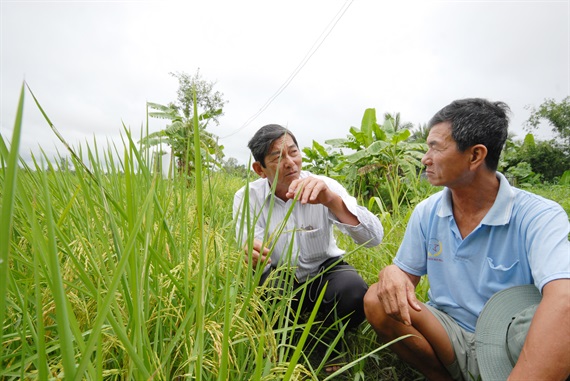
Mr. Cua (left) is constantly researching to discover, preserve, and develop the optimal qualities for ST rice. Photo: Minh Dam.
+ The ST25 rice variety can be planted twice a year. Spring crops take from 105 to 115 days to fully grown, whereas season crops takes from 102 to 110 days to fully grown. The rice plant measures between 105 and 110 centimeters in height. The plant has a unique shape, prefers intensive farming, medium tillering. Additionally, it has upright leaves, large and long flowers, tightly packed seeds, yellow husk, elongated rice grains, clear white, rice with soft, fragrant, and strong taste.
ST25 is a rice variety with high salt tolerance, resistance to grade 2 blast and blight, hard stem, good fall resistance, wide adaptability spectrum. It has an average yield of 6.5 to 7 tons per hectare. Most notably, high intensive cultivation can give a yield of at least 7 tons per hectare.
+ The research team of engineer Ho Quang Cua has collected over 2,700 rice varieties with diverse characteristics such as high-yielding genes, resistance to leaf blight, blast resistance, brown planthopper resistance, and severe weather resistance as well as other important quality characteristics. Accordingly, fragrant rice has over 250 high quality varieties with strong aroma globally. The ghost rice or wild rice has over 620 varieties.
Translated by Nguyen Hai Long

(VAN) Vietnam’s TH Group officially put its high-tech fresh milk processing plant into operation in the Russian Federation, marking a historic moment as the first TH true MILK cartons were produced in Russia.

(VAN) Use of high-quality broodstock and biotechnology is regarded as the most effective approach to ensuring sustainable and economically viable shrimp aquaculture ahead of climate change and the emergence of increasingly intricate disease patterns.

(VAN) Carbon farming is a form of agricultural practices that helps absorb more greenhouse gases than it emits, through smart management of soil, crops, and livestock.

(VAN) This is a key content of the Memorandum of Understanding recently signed between the Vietnam Fisheries Society and Kunihiro Inc of Japan.
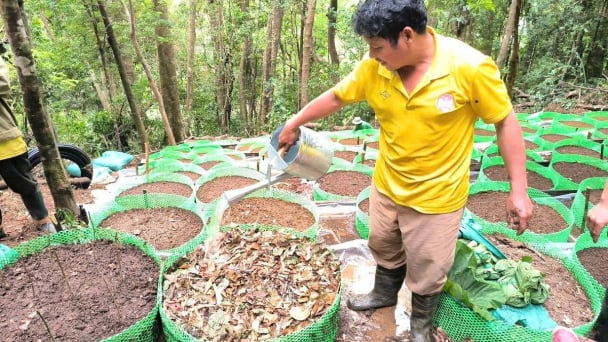
(VAN) To achieve the goal, local authorities and businesses in Kon Tum province have fully prepared the necessary conditions for the new Ngoc Linh ginseng planting season.
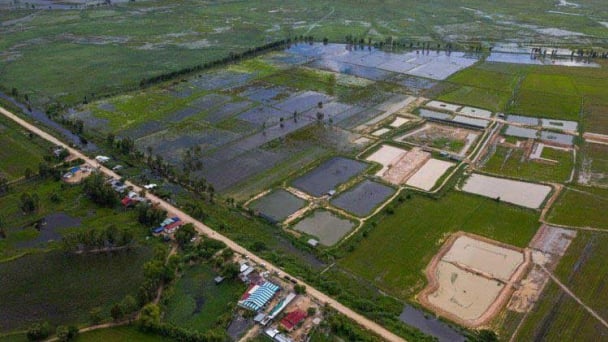
(VAN) Jiangsu province is gearing up to host training programs in Phnom Penh, the capital of Cambodia, this year to establish the Fish and Rice Corridor.
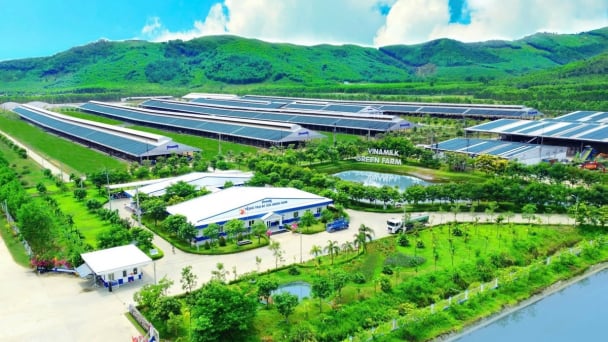
(VAN) Le Hoang Minh, representing Vinamilk, shared the company's experience in energy saving and green energy transition for production at a workshop held during the P4G Summit.